
Read or listen offline
Amazon Kindle
auto-generated audio
1×
Log in to listen to the audio summary.
auto-generated audio
Recommendation
Ever since its founding in 2009, Uber has personified the best and the worst of the on-demand economy. As independent contractors, Uber drivers are technically their own bosses. Still, Uber’s algorithms sneakily shape their workdays. New York Times reporter Noam Scheiber reveals how the ride-sharing service uses behavioral psychology to keep drivers chasing the next trip. getAbstract believes his essential report offers a glimpse into the near future of work, when companies may have more control over workers.
Summary
About the Author
Noam Scheiber is a New York Times reporter who covers workplace concerns. He wrote about economic policy for 15 years at the New Republic.
Learners who read this summary also read
Article
Book
Book
Book
Book








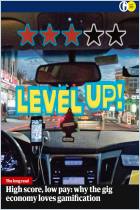
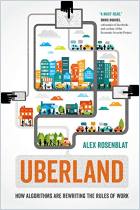
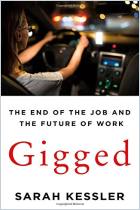

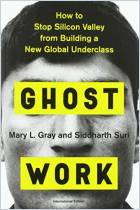
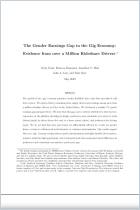








Comment on this summary or Start Discussion